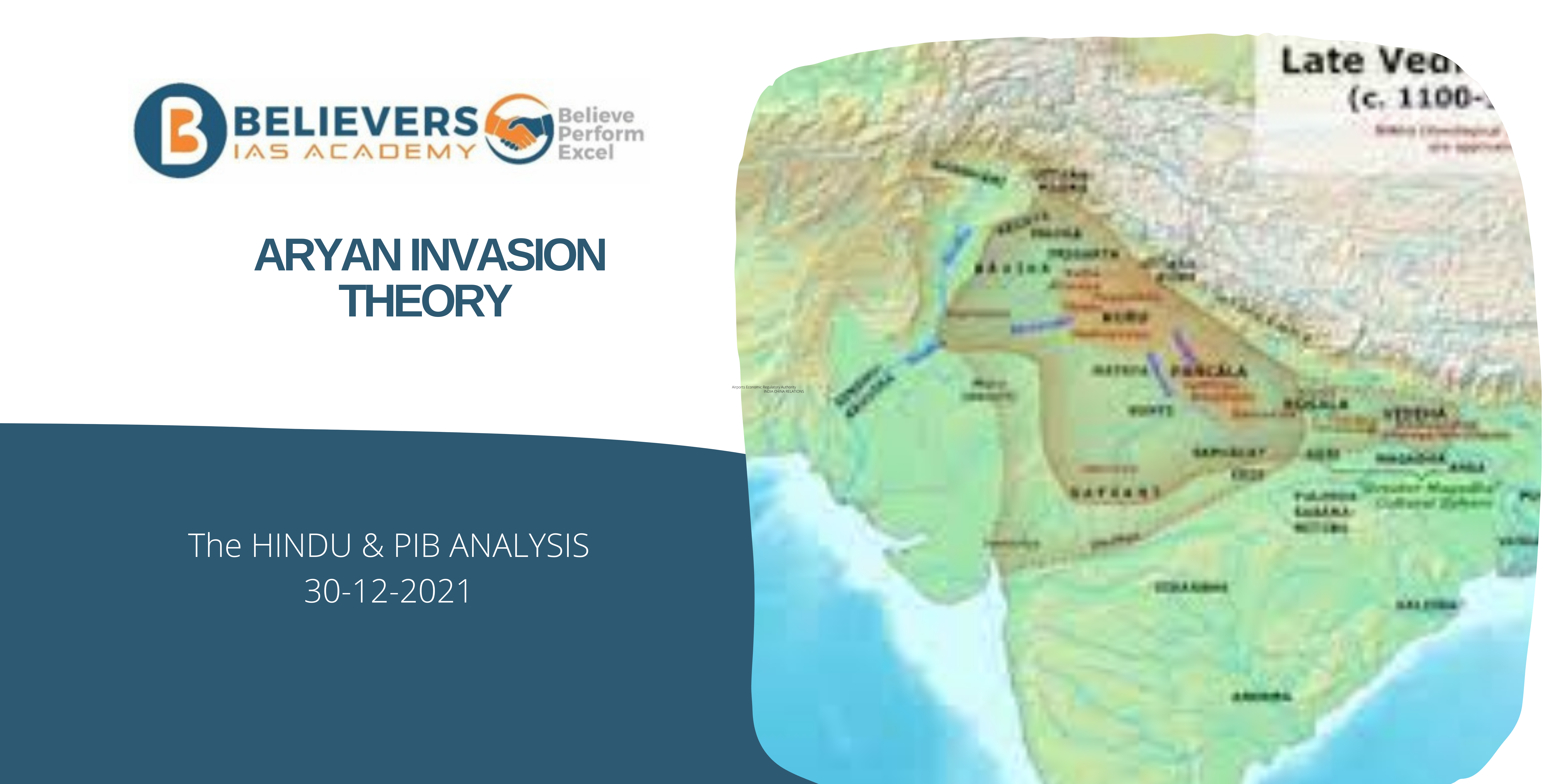TEMPO Satellite
Context:
TEMPO, NASA’s new satellite empowers scientists to track air pollutants and identify their sources with unprecedented precision, reaching down to the neighborhood level.
Relevance:
GS-03 (Science and Technology)
Key Features:
- TEMPO is an instrument designed to monitor air pollution across North America from space.
- It operates as a grating spectrometer, specializing in visible and ultraviolet wavelengths of light.
- Housed on an Intelsat communications satellite in geostationary orbit, it boasts the capability to measure atmospheric pollution at a spatial resolution as fine as 4 square miles or even at the neighborhood level.
Applications and Significance:
- The versatility of TEMPO extends across various applications, ranging from assessing pollutant levels to providing accurate air quality forecasts.
- Its contribution includes aiding the development of emission-control strategies.
- Given that over 40% of the US population resides in areas with unhealthy pollution levels, and air pollution contributes to around 60,000 premature deaths annually, TEMPO emerges as a crucial tool for public health and environmental management.
Geostationary Orbit:
- A geostationary orbit revolves around the Earth with a period synchronized to the Earth’s rotation, enabling the satellite to remain fixed over a specific point on the Earth’s surface.
- Positioned at an approximate height of 35,786 kilometers (22,236 miles) above the Earth’s equator, satellites in geostationary orbit, like TEMPO, serve pivotal roles in communication and weather observation.
- Their ability to provide constant coverage of a designated region without frequent repositioning enhances their effectiveness in these applications.




